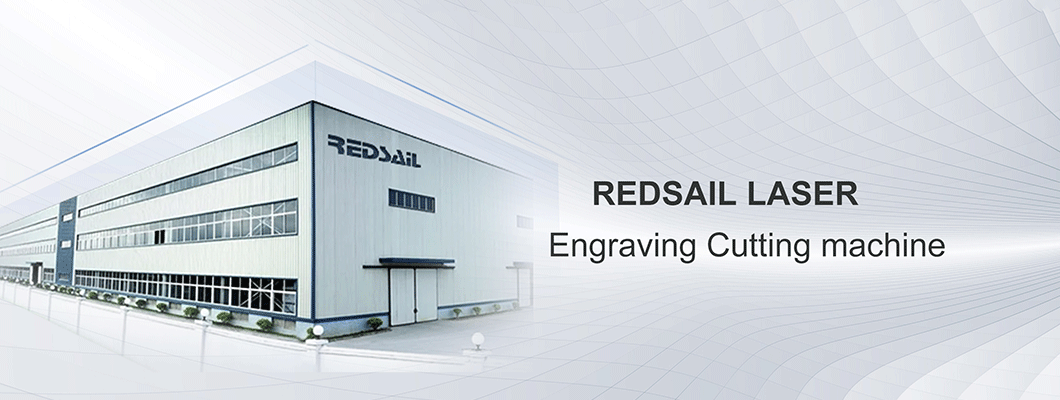
Lasers can cut many types of thin metals, including metal sheets and foils, into complex shapes with high precision. Combining a focused high-energy laser spot with coaxial gas assist enables clean cuts without further processing.
Laser cutting thin metals can be used in many industries, such as automotive, electrical, electronics, energy, medical device manufacturing, etc. Its advantages include:
Non-contact cutting, the laser does not require sharpening and changing the cutting blade. They also eliminate the extra force applied to thin metal - preventing warping and other damage.
Thin Metal Laser Drilling
Precise control. Focused, localized laser energy enables very narrow cuts with small kerf widths: . Lasers can also cut intricate patterns into sheet metal and thin foils.
No consumables. Unlike other methods, lasers require no additional consumables. For example, plasma cutting requires a specific gas mixture to cut metal, while water jet cutting uses a water and abrasive mixture that must be supplemented and properly handled. Gas-assisted laser cutting, on the other hand, uses only dry air or standard inert gases.
Thin Metal Laser Drilling 2
Laser wavelengths for thin metal cutting applications range from UV to NIR. High-speed fiber lasers (1064nm) rapidly melt and ablate metals, while diode-pumped solid-state (DPSS) lasers are suitable for applications requiring higher precision.
In addition, UV lasers enable precise, detailed cuts with minimal kerf width and low heat-affected zone. You can also use a UV laser if your application requires a clean cut edge. Finally, ultrafast femtosecond and picosecond lasers enable the best cut quality and can be used to cut metals and coated metals.
Thin Metal Laser Drilling 3
The two most common laser cutting methods are:
Gas-Assisted Thin Metal Cutting: Gantry or motion table moves laser head and sheet metal - complete cutting in one pass: depth. Coaxial gas assist further reduces cutting: head affected area and oxidation while preventing dross from the backside.
Galvo-Controlled Thin Metal Cutting: Using a galvanometer to control the beam is another method of laser cutting thin metals. Computer-controlled galvanometers enable high-speed cutting: patterns, as well as rapid multiples of the same pattern, reducing thermally induced strain on the part.

Leave a Comment